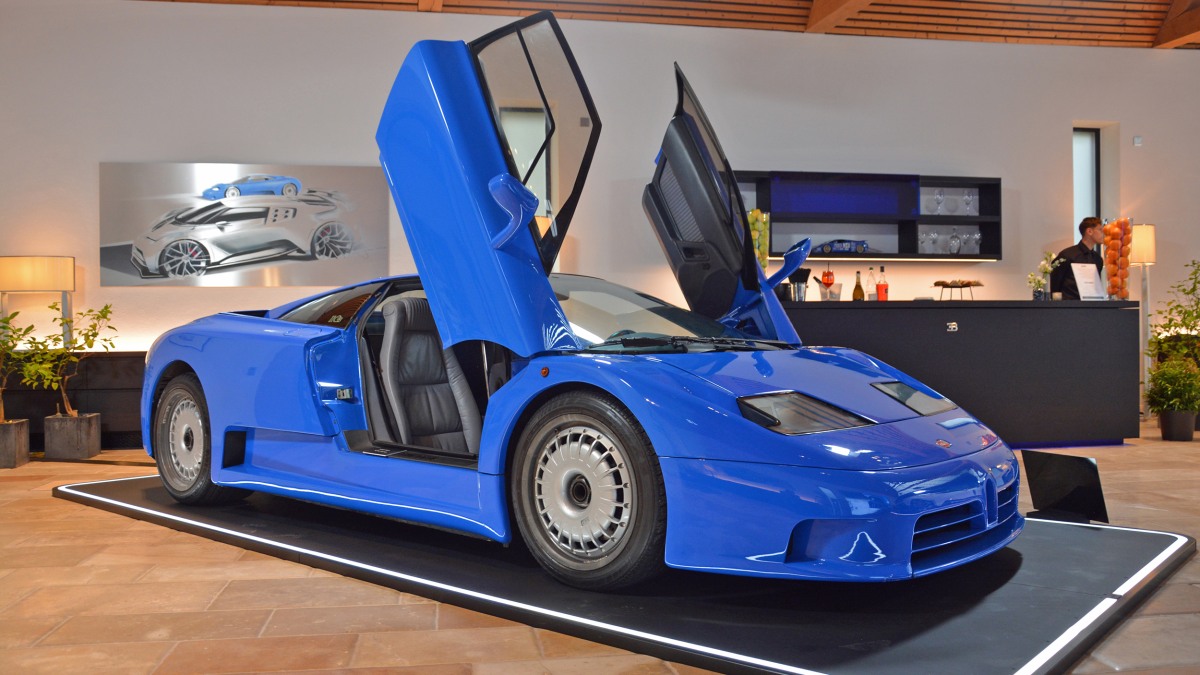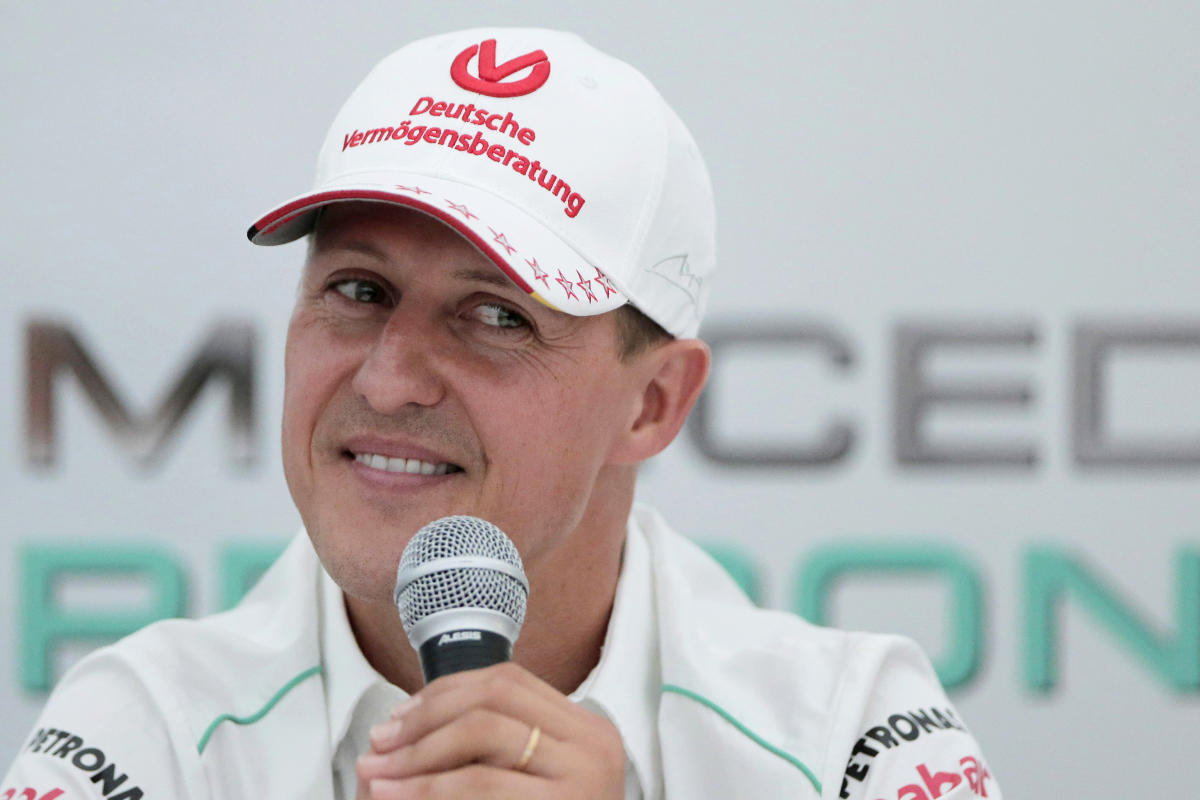MOLSHEIM, France – Bugatti unveiled the new 1,800-horsepower Tourbillon at its historic headquarters in Molsheim, France. Although the successor to the Chiron was the undisputed star of the show, the brand displayed an impressive selection of classics to give attendees a glimpse into every facet of the past. The selection included Grand Prix-winning race cars, ultra-luxury sedans, elegant coupes and even a small, city-friendly electric car.
Enthusiasts often associate the name Bugatti with hypercars, but the brand has more to offer than four-digit horsepower figures and speed records. In the late 1920s and early 1930s, the company made one of the most luxurious cars in the world: the Type 41, also known as the Royale. It was 252 inches long from bumper to bumper in its longest configuration (several body styles were available) and the wheelbase was almost 170 inches; I’ve had cars that were shorter. Power came from a 12.8-liter eight-cylinder inline engine.
The Bugatti example pictured in our gallery above, shown at the Tourbillon unveiling, features 24-inch wheels, the famous ‘Dancing Elephant’ hood ornament and an enclosed rear cabin with reinforced glass windows. The front compartment is always open and the rear passengers could talk to the driver via an intercom system called a Motor Dictograph. The behemoth of an engine produced some 300 hp at 1,800 rpm, which was enough to reach a top speed of some 200 km/h – that was a supercar-worthy figure a century ago.
Bugatti has explored the more family-friendly side of its heritage several times over the decades, although none of its projects have reached production. In the 1990s, when the brand was owned by Romano Artioli and based in Italy, it experimented with a Giorgetto Giugiaro-designed super sedan called EB112, powered by a 6.0-liter V12. In 1999, after joining the Volkswagen Group, Bugatti showed off a four-door, W18-powered concept called EB218. Ten years later, the 16C Galibier made its debut as a potential successor to the Veyron.
Racing has been part of Bugatti’s DNA for more than 100 years; it has won major events such as the Targa Florio and the 24 Hours of Le Mans. Four vintage racing cars illustrated this part of its heritage at the unveiling, including a surprisingly futuristic 1923 model called the Type 23 and nicknamed Tank. Just look at the bodywork and you’ll immediately understand why. In an era when open-wheel cars dominated the racing circuit, the Tank had a streamlined body consisting largely of flat metal panels held together with rivets. Thanks to a 90 hp 1.8-liter eight-cylinder in-line, it could reach more than 180 km/h. It was not as successful as Bugatti had hoped, but it illustrated a design approach that was innovative, daring and unusual. Its successor, the Type 35, became the company’s most successful racing car by a significant margin.
Bugatti also showed more modern cars, including the EB110, the Centodieci, the Mistral and the unique Chiron Profilée which sold at auction for more than $10 million in February 2023. But while most of Bugatti’s past and present models have a big focus on performance, there’s one exception to the rule: the Type 56 I drove in 2018. It is electric, has a tiller instead of a steering wheel, and reaches a maximum speed of 32 km/h.







